Due to the changing seasons, keeping a constant supply of organic veggies can be difficult in the United Kingdom. Good preparation and strategic planting can avoid the ‘hungry gaps.’ And a planting schedule is essential for this. Below we learn the UK vegetable planting calendar, month-wise vegetable planting guide, and seasonal vegetable planting chart for UK home gardens.
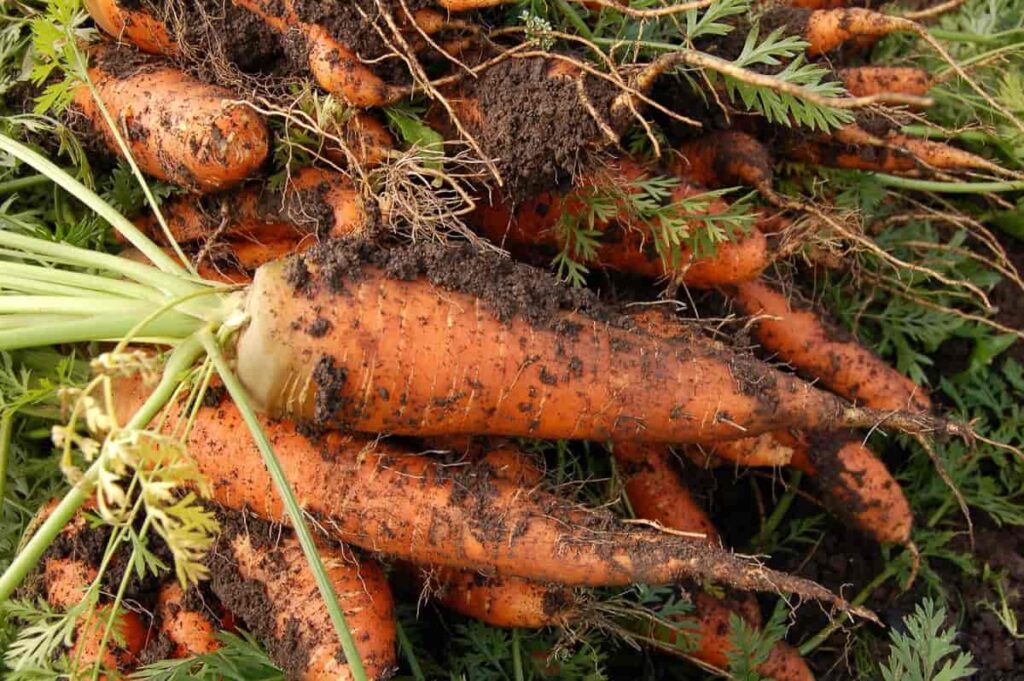
UK Vegetable planting calendar
What vegetables can I plant now the UK?
Overwintering broad beans can be planted in warm climates all year round. Broad beans can be protected from cold and pigeons by covering them with fleece or a cloche. Overwintering pea cultivars like ‘Douce Provence’ and ‘Meteor’ can be sown in temperate climates. Put in your spring cabbages now. Keep in mind that netting them will keep birds at bay. To ensure a harvest somewhere between early and midsummer next year, you should hurry up and plant your fall onion sets.
Put in some garlic bulbs. Green manures can still be seeded until around the middle of the month in the southern part of England. Jerusalem artichoke stems should be lopped off above the soil as they begin to die. Trim the asparagus stalks and leaves. To avoid injury, remove the spines and then mulch the plants. Apples should be checked for rot regularly while being kept. Remove yellowing leaves from Brussels sprouts to prevent grey mold.
To prevent diseases and pests from spreading and overwintering in your vegetable garden, you should clean up all the dead plants. You may still have to deal with flea beetle infestations until the month of October is through. Use grease bands to ward off the winter moth. To fasten the ripening of tomatoes grown in pots outside, it is necessary to uproot the plants and hang them upside down in a greenhouse. If any don’t ripen, they can be utilized while still green in chutneys.
Jerusalem artichoke stems should be lopped off above the soil as they begin to die. Trim the asparagus stalks and leaves. To avoid injury, remove the spines and then mulch the plants. New asparagus beds should be prepared now and planted in the spring. Cutting the tips off of dead pea and bean plants and digging the roots back into the ground makes excellent compost. Essentially a natural fertilizer, they replenish the soil with a crucial element.
In case you missed it: How to Grow Cucumber Plants Faster: Best Tips to Increase Flowering, Fruiting, and Production Yield
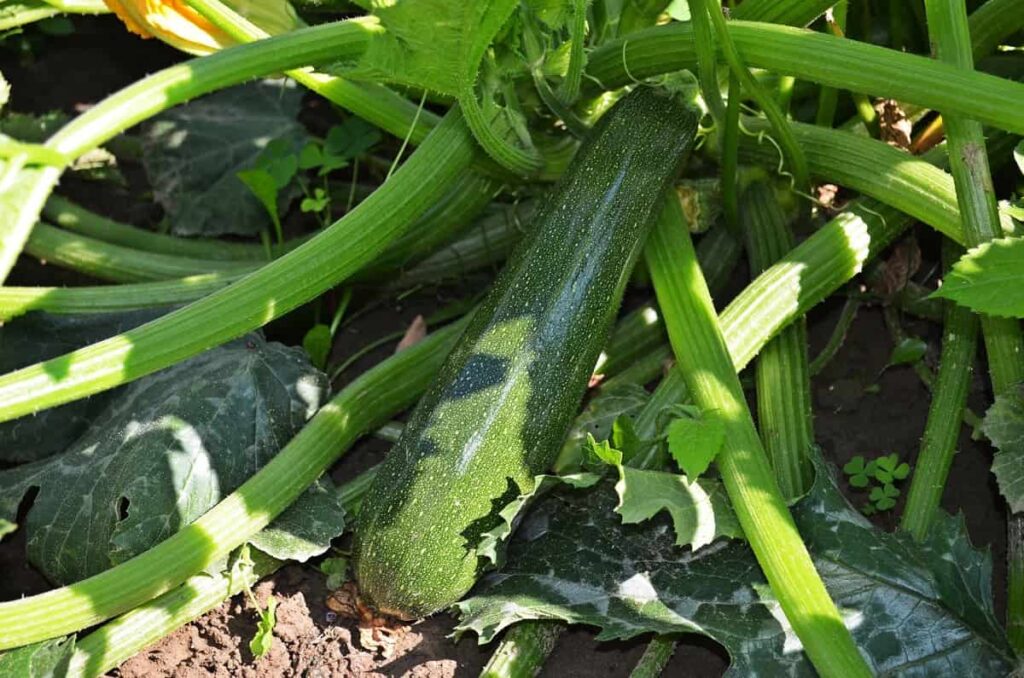
When should I start vegetable seeds UK?
Vegetables can be planted throughout the year. Only during the months of December and January is it possible to get a peek at the next season. Sowing lettuces and other salad crops under cover begins in February and continues until October when broad beans are planted for summer. It is common practice to regularly seed tiny quantities of vegetables like lettuce, radishes, carrots, and chards during the growing season. Each kind of vegetable has a unique sowing procedure.
Outdoors, in their final locations, certain vegetables are planted, such as carrots and parsnips. Some, like leeks, are started outside and transplanted to their permanent locations. Some are started inside or under cover to be transplanted in the spring, while others are started in containers for growth in greenhouses. This can be beneficial if you wish to harvest your crops early or are growing veggies that need more shade. Vegetable seeds are best sown in the spring and summer, fall into properly prepared beds, and are harvested in the winter.
Direct sowing is the term for this method. Commercial seed composts are better for germination rates than handmade composts. They won’t have any unwanted pests or diseases, and they won’t have any nutrients that aren’t strictly essential for seed germination. Compost degrades if kept for long periods. Thus, it’s best to utilize it yearly. For older plants, rather than seedlings, it is ideal to use old compost combined with new baskets or pots.
What veg can I grow in the winter UK?
Vegetables, including broccoli, Brussels sprouts, cabbage, kale, leeks, and parsnips, can withstand the cold and remain in good condition throughout the winter. As with root vegetables, leafy greens like chard, parsley, and rocket can survive the winter with a little care. Carrots, onions, turnips, and winter squash can also be harvested and stored for use throughout the winter.
The winter months can be a productive time for most vegetable gardens. Brussels sprouts are one example of a space-intensive food that provides good returns on investment. A sunny location with well-drained soil supplemented with organic matter before planting is ideal. Plants can be kept alive in containers where the soil is scarce.
Some plants can be kept alive through the winter in a greenhouse or polytunnel, while others can be planted in the spring. However, it is usually inefficient to heat greenhouses to allow for year-round harvests. Ensure that your plants never go without water. Repeated hoeing between rows will maintain the space between them weed-free. Cloches can protect salad greens and other leafy plants from cold.
In case you missed it: Onion Farming in Tamilnadu: A Helpful Production Guide for Beginners
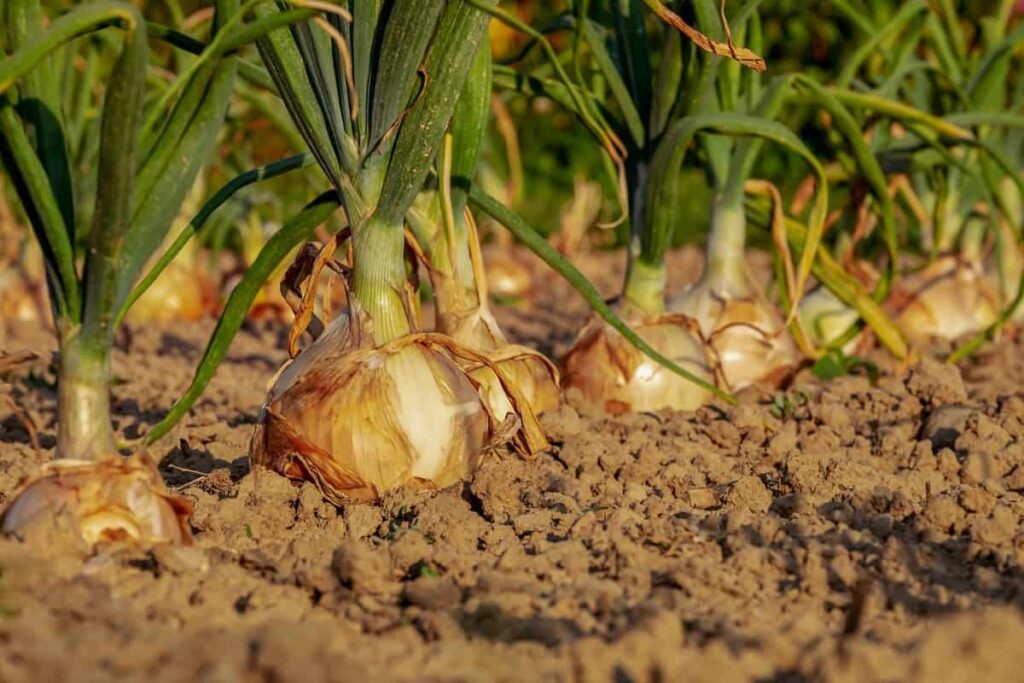
What vegetables can you plant in March UK?
Plant the seedlings of onions, shallots, and garlic. Invest in some tubers of Jerusalem artichokes. Toss your early and maincrop potatoes in the chit. Grow your spears by planting asparagus crowns. Plants include broad beans, beetroot, onions, carrots, parsnips, lettuces, radishes, peas, spinach, salad leaves, leeks, Swiss chard, summer cabbage, kohl rabi, turnip, and summer cauliflower benefit from being planted in moderate places with light soil. Never plant a crop until the weather is favorable. Plant seeds for salad greens, celery, tomatoes, eggplant, peppers, and globe artichokes inside.
How do you prepare the soil for planting vegetables UK?
Organic matter that has decomposed, such as well-rotted manure, composted bark, compost, leafmould, mushroom compost, or anything else that can be obtained in large quantities, should be dug into your soil regardless of its texture, whether it is light or sandy or thick clay. This accomplishes for light soils to act as a sponge, retaining water and nutrients; for clay soils, it breaks up the larger particles, making the soil less likely to fracture, drain better, and be easier to work on.
In certain cases, adding sharp sand to clay soil may strengthen its structure and make it simpler to work, but in others, such as with extremely heavy clay soil, it’s best to stick to well-rotted organic matter instead. Preparing heavy, clay soils in the fall is ideal, whereas preparing light, sandy soils in the spring are ideal. Digging in the fall allows the soil to be further decomposed by the frosts and showers. Still, make an effort whenever you can. First, dig down to a depth of 37–45 cm (15–18 in) and mix in your organic matter.
Can you grow potatoes all year round UK?
You shouldn’t have to wait until summer to enjoy the flavor of fresh, soft baby potatoes. With little planning and effort, you can even harvest them in the fall and winter in time to eat them for Christmas. The tubers of a potato kept in the refrigerator should be used. Late winter seed potatoes are saved for the summer planting season. It is suggested that you plant first and second early cultivars like “Charlotte,” “Nicola,” and “Maris Peer.”
This is because they won’t need chitting since they’ll be planted directly into warm soil. If you purchase tubers in late winter, store them in the fridge or a cool, light place to sprout them through summer. Aphid inspections will need to be performed often. Since potatoes go into a lengthy dormant period after harvest, replanting summer-harvested tubers will not result in tubers for the following winter.
In case you missed it: How to Grow Green Chilli Peppers Faster: Best Tips to Increase Flowering, Fruiting, and Production Yield
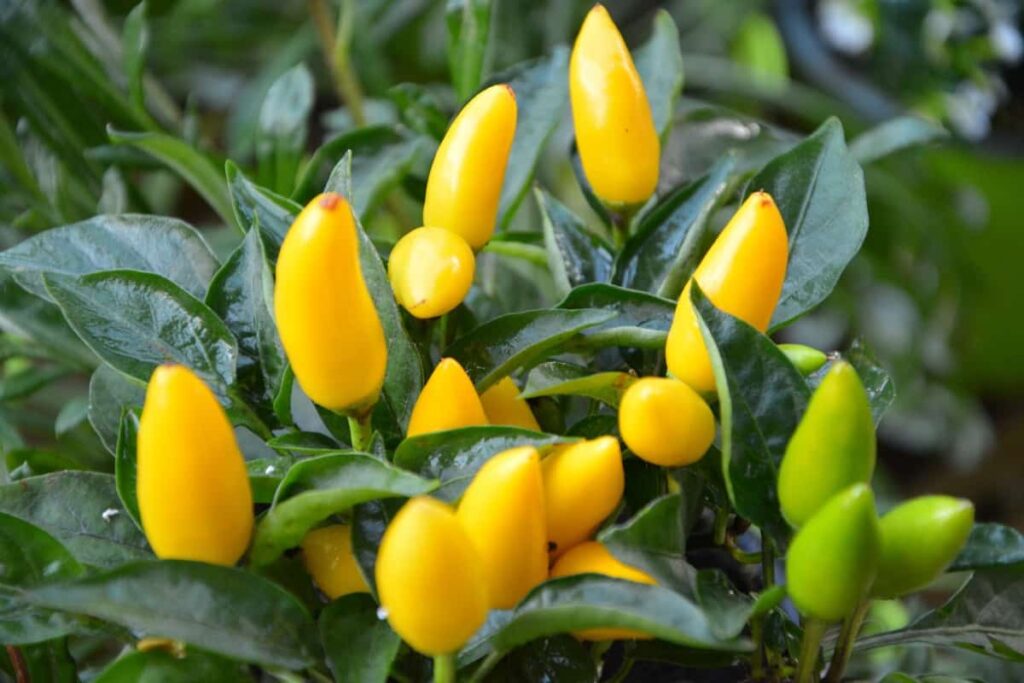
Potatoes should be planted in a trench and then covered with soil as they begin to develop, per the directions for cultivating potatoes. Protect your potatoes from blight and slugs by taking the necessary precautions. Remove and compost dead leaves in September or October. Storing potatoes underground until Christmas can be possible on light soils in a protected garden by mounding soil over the row where the potatoes are located, then covering them with straw to insulate the tubers.
It is best to dig out tubers by the end of October in cold climates or locations with moist, heavy soils, rebury them in coarse sand or soil, and store them in a frost-free location (like a garden shed) until they are needed. It is possible to harvest potatoes and store them in the refrigerator or bags in a cold shed, but doing so can cause the skins to harden, and the delicate flavor and texture characteristic of “fresh potatoes” will be lost.
What vegetables to plant in September UK?
As the temperature drops, plant spinach seeds and cover them with a cloche. Success in harvesting will continue through the fall and winter months. Plant early-season cabbages like ‘April’ and ‘Durham Early’ in greenhouse modules. To have a steady supply of young salad greens throughout the fall, sow pak choi ‘Green’ beneath cloches. Corn salad, also known as lamb’s lettuce, can be seeded outside for harvests throughout fall and winter since it is a hardy crop.
If you want to strengthen your soil structure and keep weeds at bay throughout the winter, sow green manure on your vacant beds. Plant the superior ‘Hi Keeper’ onion variety, ideal for fall planting, in a well-prepared seedbed. The spring is the only time you should thin your onion seedlings. The time to plant salad greens directly into the ground is now. Spinach is highly resilient and can be sown outside this month for fall and winter crops.
Spring onions that can survive the winter should be planted to be harvested in the following spring. This month is the final chance to plant summer radishes directly in the ground for harvest in the fall. Plant turnip seeds in soil that have been worked up to accommodate the roots. Plant your winter lettuce outside right now.
Can you grow tomatoes all year round UK?
Tomatoes grow best in warm conditions in late spring and early summer. It is not difficult for people with access to a greenhouse to cultivate the crop over the winter. Tomatoes need a bright, warm, and protected location with plenty of rich, healthy soil. Tomatoes can be grown effectively in the UK despite the cold winter months.
Growing tomatoes in partial shade are not recommended. Tomatoes need frequent watering and thrive in soil rich with organic matter. Overwatering, however, can cause the tomatoes to rot or split. Tomatoes need to be fed with a high-potassium feed once a week after the first blossoms have emerged.
In case you missed it: How to Propagate Prickly Pear Cactus from Cuttings, and Seeds: Planting, Growing Indoors, Outdoors, and Care
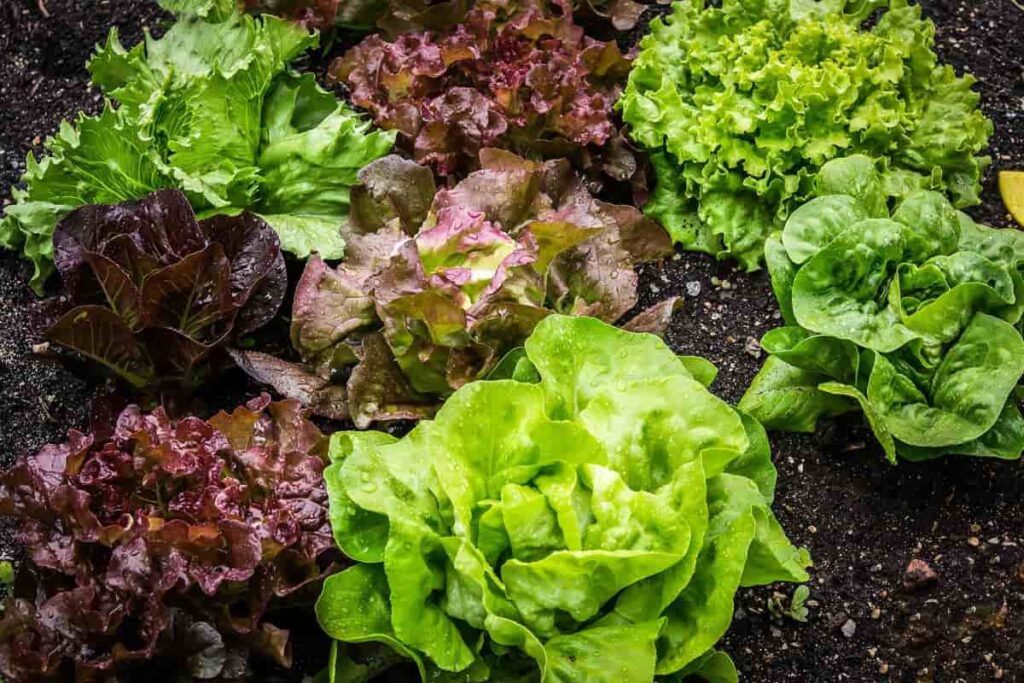
Can you grow carrots in winter UK?
Planting your carrot seeds straight outdoors in rows during November and December and allowing them to continue growing under cloches will result in an extraordinarily early harvest in the spring. If you plant carrots next to your winter onions and garlic, you can cover up the smell of their sweetness and keep carrot flies away from your crop. Remember that your seedlings need to be thinned out to stimulate a harvest with larger roots. The ‘Adelaide cultivar has a short maturation time and yields a crop that is both crispy and pleasantly sweet.
When should I plant potatoes UK?
Growing potatoes is simple; just one potato planted can provide a bumper crop. Dig and remove any weeds from the soil, then dig parallel trenches 12 cm deep and 60 cm apart. In the spring, dig a 30 cm deep trench and fill it with soil before planting your seed potatoes. When the shoots are 20cm long, use a rake, hoe, or spade to mound soil around the roots, covering the stems halfway.
Earthing up is the term for this practice. Additionally, first and second early potatoes can be grown in a big bag on a patio or balcony by covering them with compost as they develop. In the middle of March, you can plant your first early potatoes, and a few weeks later, you can plant your second earlies. Planting maincrop potatoes in April gives them the extra time they need in the ground to grow a plentiful harvest.
It’s important to check local weather forecasts and frost danger levels before planting outside; planting in the north may need to be removed for a few weeks. Even using black plastic, slugs can be a concern while producing potatoes. The tubers decay, and the foliage becomes yellow because of a fungal disease called potato blight. Plant potatoes that are resistant to late blight. If you see any disease in your potato plants, you can remove them before the fungus can spread to your tubers.
Can you grow carrots all year round in the UK?
If sown every few weeks between February and the end of July, carrots can be produced continuously throughout the year in much of Britain. When you thin out seedlings, you can start eating them as tiny carrots or leave them for up to 16 weeks towards the end of the season to enjoy fresh carrots until the frosts come.
If your soil doesn’t drain effectively, add some sand to it as you dig it over since they prefer light, sandy soil to thick, clay soil. When you’re ready to plant seeds, scrape the soil to remove any big rocks or clumps, and then scatter them or plant them in rows.
In case you missed it: Tomato Farming Guide for Beginners: Production Techniques, Process, and Steps
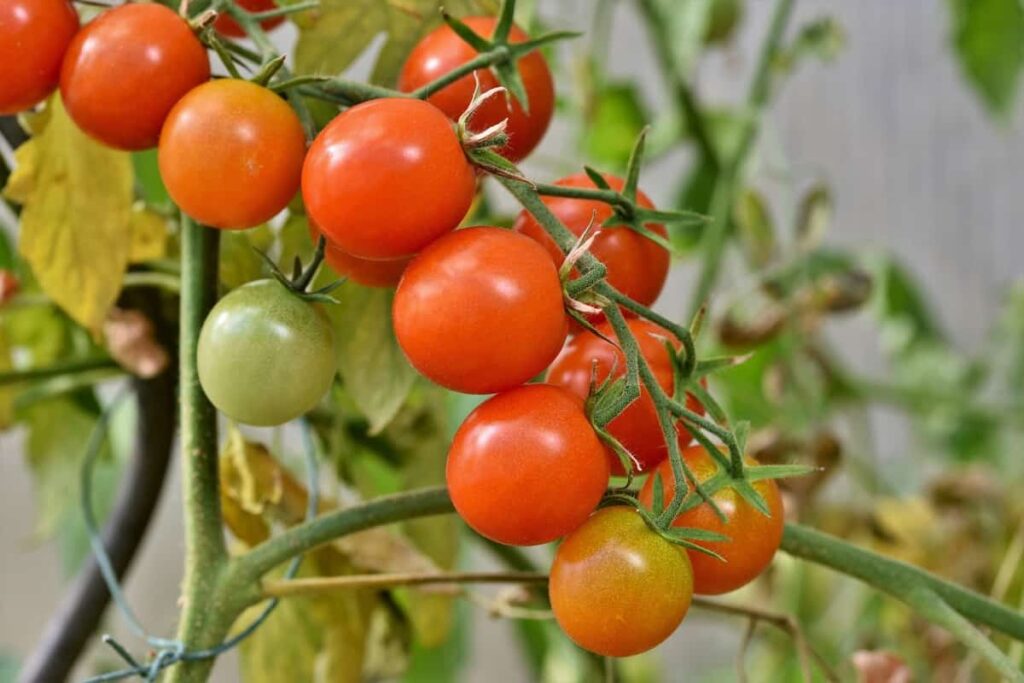
UK vegetable planting calendar/chart/schedule/guide
| Vegetables | Indoor seeds sowing | Outdoor seed sowing | Plant out | Transplant | Harvest |
| Aubergine | Feb-March | – | Apr-May | – | June-Sept |
| Bean (Broad) | Jan-Feb | Feb-Mar | Apr | – | June-Aug |
| Bean (Runner) | April-May | May-June | June-July | – | July-Oct |
| Beetroot | – | March-July | – | – | July-Sept |
| Broccoli | March-June | April-July | June-July | – | Sept-Feb |
| Brussel Sprouts | – | Feb | April-June | Sept-Feb | |
| Cabbage (Spring) | – | July-Aug | – | Sept-Oct | March-May |
| Cabbage (Summer) | Feb-March (undercover) | March-May | – | May-July | July-Oct |
| Cabbage (Winter) | – | March-May | – | May-June | Sept-Nov |
| Carrot | – | Feb-June | – | – | June-Oct |
| Cauliflower | Jan | April-May | March-April | June | Feb-Dec |
| Celery | March-April | – | May-June | – | July-Nov |
| Chard | – | March-July | – | – | All year round |
| Chilli | Feb-April | – | May-June | – | July-Oct |
| Courgette | April | May-June | June | – | June-Oct |
| Cucumber | March-April | May | – | – | July-Sept |
| Gherkin | March-April | May | – | – | July-Sept |
| Kale | – | April-May | July-Aug | Oct-March | |
| Leek | Jan-Feb | March-April | May-June | Sept-April | |
| Lettuce (Spring crop) | Sept-Oct | – | – | – | May-Dec |
| Lettuce (summer crop) | Feb | March-July | – | – | May-Dec |
| Lettuce (Winter crop) | Aug | March | – | May-Dec | |
| Marrow | April | May | June | – | July-Sept |
| Onion | Dec-Jan | March & Aug-Sept | April | – | June-Sept |
| Pak Choi | – | April-July | – | – | May-Aug |
| Parsnip | – | March-May | – | – | Sept-March |
| Pea | Jan-March | April-June & Oct | – | – | June-Sept |
| Pepper | Feb-March | – | May | – | July-Sept |
| Radish | – | March-Aug | – | – | April-Sept |
| Rhubarb | March-April | March-April | Oct-March (Dormant crowns) | – | March-June |
| Spinach (Summer cultivators) | – | March-July | – | – | May-Oct |
| Spinach (Winter cultivators) | – | Aug-Sept | – | – | Oct-April |
| Spring Onion | – | March-Sept | – | – | May-Oct |
| Squash | April | May-June | May | – | July-Oct |
| Swede | – | May-June | – | – | Oct-Jan |
| Sweetcorn | April | May | June | – | Aug-Oct |
| Tomato | Feb-March | March-April | April-May | – | June-Oct |
| Turnip | – | March-Aug | – | – | June-Nov |
Conclusion
Start by making a list of your favorite edible plants and then crossing off the ones that are unlikely to grow in the UK. Avoid growing low-cost filler crops like jacket potatoes, peas, and onions if you’re short on room. Opt for seasonal favorites like new potatoes, baby carrots, yellow courgettes, sweet corn, pak choi, garlic chives, and others that don’t keep well in the fridge or are best eaten soon after harvest.
- Rosecoco Beans Farming in Kenya: Tips for Cranberry Beans Cultivation
- Why My Moringa Pods Are Underdeveloped and Are Drying: Reasons and Solutions
- How to Choose the Right Liquid Fertilizer for Your Flowers
- Sustainable Manure Management and Composting
- Water Usage Efficiency: ZBNF vs. Conventional Farming
- Goat Farming Business Plan: 10 Key Points to Consider
- How to Make Your Sheep Gain Weight in 3 Months
- How to Start a Terrace Garden in Hyderabad: Best Tips for Beginners
- Comparative Yield Analysis: ZBNF vs. Conventional Farming
- Ultimate Guide to Commercial Tulip Farming: Cultivation Tips for Beginners
- Bridging the Technology Gap: HELIOT Systems Transforming Agriculture for Small and Marginal Farmers
- How to Grow Fig Trees in Containers: A Comprehensive Guide
- How to Prevent Fruit Split in Pomegranates: Effective Tips for Beginners
- Natural Farming for Livestock: Effective Practices for Beginners
- Ultimate Guide to Growing Currants: Tips for Successful Red and Black Currants Farming
- How to Boost Bottle Gourd Flowering and Yield
- A Step-By-Step Guide to Organic Papaya Farming
- Step-By-Step Guide to Hazelnut Farming: Cultivation Guide for Beginners
- Pruning and Training Techniques for Gourds
- Pollination Strategies for Better Fruit Set in Plants: A Beginners Guide
- How to Convert Existing Drip to Sprinkler Irrigation: A Beginner’s Guide
- Reasons for Papaya Tree Leaves Turning Yellow: Solutions Explained
- Why is My Bonsai Tree Dying: Reasons and Solutions
- Natural Farming Techniques for Beginners
- Why is Citrus Tree Leaves Turning Yellow: Reasons and Solutions
- Cultivator Uses in Agriculture: A Beginners Guide
- Modern Irrigation Methods in Agriculture
- How I Make My Peppers Grow Faster: A Comprehensive Guide
- Crops Grown in Summer Season: Best Choices for Summer Gardening
- Organic Pest Control for Tomato Farming
- How to Maximize Sheep Farming Profit
- Broccoli Varieties: Choosing the Right Cultivars for Your Farm
- How to Raise Pigs in Your Own Backyard: A Comprehensive Guide
- Budget Friendly Sheep Shed Ideas: Cheap and Low-Cost Tips
- How Much Do Cattle Farmers Make: Revenue Streams in Cattle Farming
- Management Pests and Diseases in Your Cotton Field
